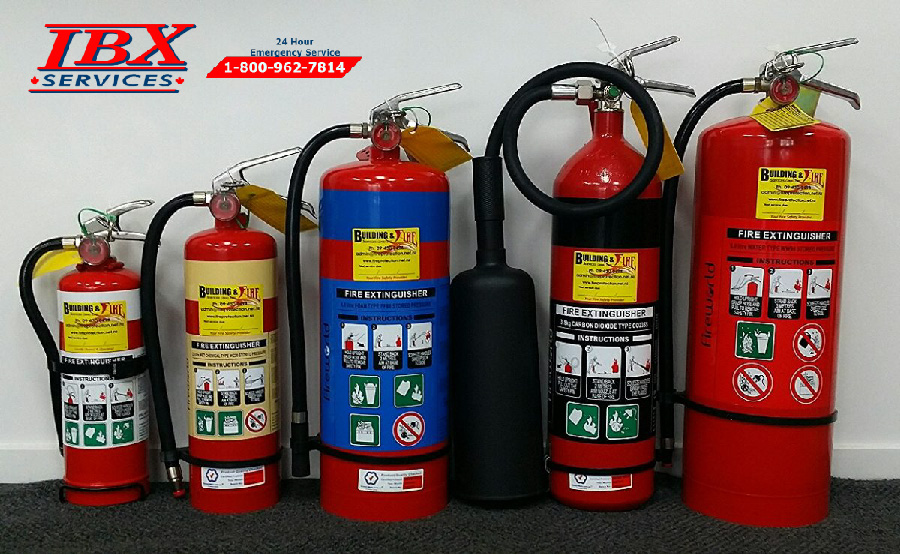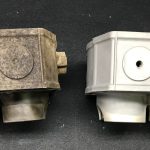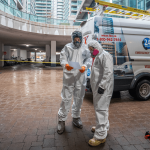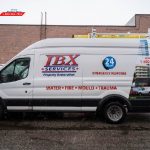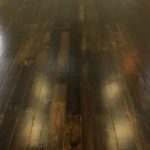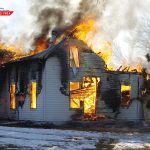Fire damage is always a disaster. For homeowners, business owners or facilities managers a fire damage preparation is an essential thing. This should be leading to a thorough risk assessment to guarantee the right suppression equipment is in place and the proper working order too. As a result, you have to know the fire classes and the right extinguishers for each one.
What are the fire classes?
Fires are separated into several classes, according to what fuelled the fire. Categorizing fuels in this way can help to identify the type of extinguisher required.
-
Wood, Paper & Plastic
The first fire damage class or differently named Class A is the most common type of fire encountered by firefighters and can include clothing, rubbish bins or a pallet of cardboard.
-
Flammable & Combustible Liquids
The second one is Class B: Here are fires that involve flammable, combustible liquids like petrol, kerosene, oil, tar, paint, wax, cleaning spirits or alcohol.
-
Flammable Gases
This class tagged as Class C of fire includes combustible gases. In this class are included LPG (liquefied petroleum gas), LNG (liquefied natural gas, acetylene), butane, and propane.
Another fire class or differently named Class F start in kitchens and involves vegetable or olive oil, lard, butter or dripping used in cooking. Here are involved several ways to treat this type of fire but it’s important to be aware that you should never use water because it can spread the flames.
Fire extinguisher types
The right fire equipment can be the first route of defense against a fire hazard. With appropriate use a portable fire extinguisher can reduce or remove the degree of injury, damage and cost to business in the event of a small fire, however, it is essential to understand which extinguisher type should be used.
You have to know that the colored band around the extinguisher identifies the type of suppression used:
- Red (water) only suitable for Class A and not safe on other classes of fire
- Blue (foam) only suitable for Class A and B fires
- White (dry powder) suitable for Class B, electrical fires (E) and also suitable on Class A fires (ABE)
- Black (carbon dioxide) suitable for (E) and Class B fires. It’s important to have information that this extinguisher has a noisy and cold discharge. Users should beware of discharge pressure.
- Yellow suitable for Fire Classes (E) & (A).
- Oatmeal (wet chemical) suitable for Fire Classes (A) and (F).
Safety tips before using the fire extinguisher
Storage: You have to make sure that fire extinguishers are stored in an easy to reach location in the event of a fire emergency, yet stored away from areas likely to catch fire.
Service: regular maintenance of your extinguisher is essential. Take care of monitoring the pressure gauge, shaking the extinguisher occasionally. When it comes to replacing an old extinguisher, contact IBX Services for information on disposal options.
Using your extinguisher: IBX Services recommends Fire Extinguisher Training to ensure all staff, not just fire wardens, feel fully prepared to act in a fire emergency. An important safety rule is to ONLY use a fire extinguisher if:
- You have information about how to use the extinguisher and it is suitable for use.
- You have controlled if electricity is possibly involved and are you using the right extinguisher.
- You are out of any at risk by staying in the vicinity of the fire;
Remember to always choose a fire extinguisher that has been approved as meeting Canadian Standards and ensure you read the operating instructions well before a fire hazard occurs.
IBX Services offers portable fire equipment and fire extinguishers to suit all types of fire classes. Feel free to call our team at +1-416-252-5959.

